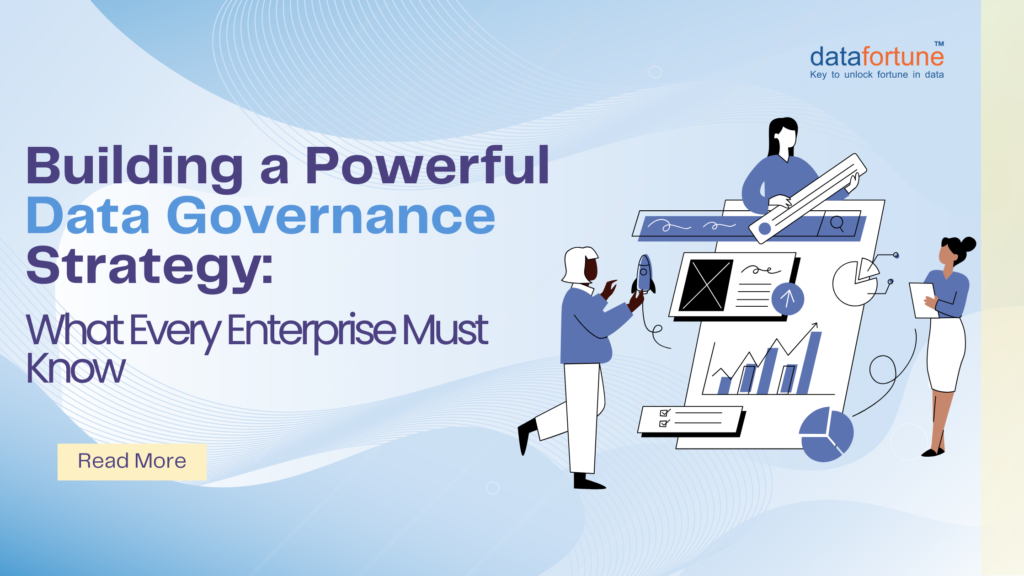This was our first glimpse into how entire industries are starting to completely rethink the way they leverage technology. Coming to the present year 2025, something incredible is already on its way. Companies everywhere are exploring sustainable software development that isn’t just about saving the planet. They can actually save you money, boost performance, and give your business a real competitive edge.
Trust me, what comes next will completely change how you see sustainable technology forever.
What is Sustainable Software Development?
We are all becoming more conscious about our impact on the environment these days, and the same is happening in the tech world. Sustainable software development is nothing but making technology that doesn’t harm our environment.
Every time you open an app or scroll through a website, that particular action uses energy somewhere in the world. Current modern and advanced developers are asking themselves, “How can we build software that fulfils the user’s needs and uses way less energy.
In simple terms, instead of ensuring the code works, developers are now trying to make it work but efficiently. They’re choosing languages that consume fewer design systems and power. From the moment someone starts building an app to the day it goes live, every step is made to be gentler on our environment while still delivering great results for business.
The Core Sustainable Software Development Principles
The next question is how one must build sustainable software. So, there are 8 core principles that everyone should follow.
- Carbon Efficiency- Try to write cleaner code that doesn’t take up a lot of energy. Companies are already witnessing their electricity bills drop by 30% just by doing this better.
- Energy Optimization- Remove all the wasteful stuff your software does in the background. Modern applications can cut down server usage by 15 to 40% this way.
- Carbon Intensity Awareness– Every line of code uses power somewhere. Modern developers now think about this while they’re building, not after the code is deployed.
- Measurement and Monitoring– We are all aware of the saying, “you can’t manage what you don’t measure.” The same thing applies here as well. Monitor your impact so you know the next time where to improve.
- Optimization Through Architecture– Build your software foundation smart from the start. Good architecture automatically adjusts resources based on what you actually need.
- Lifecycle Management– Plan for your software’s entire life, from creation to retirement. It prevents waste and usually makes everything last longer.
- Hardware Efficiency- Make your software work on current hardware instead of forcing everyone to upgrade constantly.
- Network Optimization- Send less data back and forth. Smart caching and efficient delivery save tons of energy across the entire internet.
The Business Advantages of Sustainable Software Development
Nobody in this busy world wants to hear another lecture about going green and having a positive impact on the environment. The real thing is that sustainable software development can save you money while making your business run seamlessly. This might help us get your attention!
- Cost Savings
Companies switching to sustainable software development are dropping their energy costs by 30 to 50%. We are not talking about pocket change. When your software uses less computing power, your cloud bill shrinks as well. We’re seeing savings of up to 15% on infrastructure costs alone.
- Better Software
You may have a doubt that going green means you need to compromise speed, but in fact, it is completely the opposite. Clean, efficient code runs faster because there’s no bloated junk slowing it down. Your users notice the difference, and happy users stick around longer.
- People Actually Care Now
Your customers are surely paying attention to this stuff. They are prioritizing brands that align with their values, and they’re willing to pay more for it. In business partnerships, your green credentials matter as much as your price tag.
Sustainable Software Development Practices
Sustainable software development means building software that works efficiently while making a positive impact on the environment. These practices have grown from simple ideas to proven methods that provide real outcomes for businesses and the environment, too.
Energy-Efficient Coding Practices
- Algorithmic optimization– This is where sustainable coding starts. When you opt for the right algorithm, you can cut down processing time and energy usage. Switching from nested loops to hash tables for queries can transform how your software works, saving a huge amount of energy across millions of operations.
- Programming language selection– This plays a massive role in energy consumption than most people realize. Compiled languages take less energy than interpreted ones. While interpreted languages make development faster and easier, they often consume much more energy for the same tasks.
- Code optimization techniques– These techniques include smart loading strategies, efficient data structures, and slashing out unnecessary procedures. They can help reduce technical debt while improving test coverage and delivering real energy savings.
Green Software Architecture
- Serverless architectures- These architectures have completely redefined the game of sustainable computing. These systems automatically dial down during quiet periods, eradicating the energy waste from systems that sit idle but stay powered on.
- Microservices architecture– Such architectures allow you to allocate resources more efficiently than bulky monolithic systems. Breaking your application into smaller, focused pieces means you can sharpen each component while keeping everything flexible.
Sustainable Cloud Optimization
- Cloud resource optimization– This means sizing your instances correctly and setting up auto-scaling that responds to real demand.
- Regional selection strategies– This focuses on selecting the providers that use renewable energy.
- Data optimization practices– This includes smart compression and cleaning out unused data regularly.
Testing and Quality Assurance for Sustainability
Automated testing strategies help catch inefficiencies early in your development process. Performance tracking keeps your applications running efficiently throughout their lifetime, enhancing performance while reducing energy consumption.
What is Green Coding?
Green coding is nothing but applying sustainability principles directly to how we build software, focusing on building programs that consume less energy while still doing their job. This approach has become essential as companies realize that green programming delivers both environmental and cost benefits. Every single line of code you write has an energy cost when it runs.
As we’ve seen with Agentic AI transforming software development, sustainable coding represents another fundamental shift that forward-thinking companies can’t afford to ignore.”
While one operation may seem small, when you scale this across billions of devices and servers, inefficient code leads to massive energy waste and carbon emissions. Data centers use a significant portion of global electricity, with poorly written code adding substantially to this consumption.
Conclusion
We are living in exciting times where doing good for the planet also makes great business sense. Sustainable software development isn’t just about being environmentally responsible but about getting ahead of your competitors. Companies embracing this trend are experiencing significant advantages.
Smart businesses are already making sustainable software a key part of their tech strategy. By writing energy-efficient code with the help of green coding, you can reduce costs, boost performance, and help save our planet all at once.
Wish to transform how you build software? Contact us as we care about the environment just as much as you do, and we’ll help you build amazing solutions.



